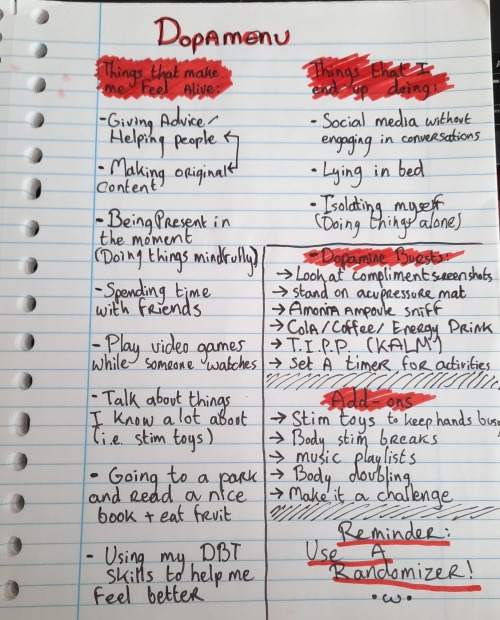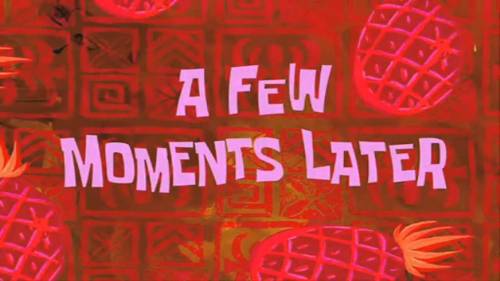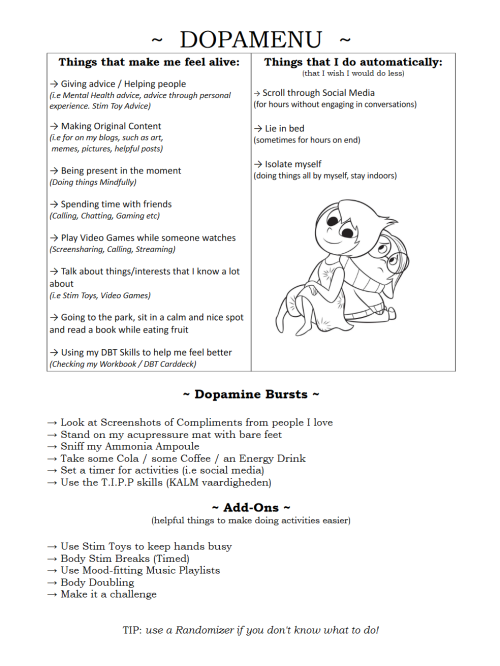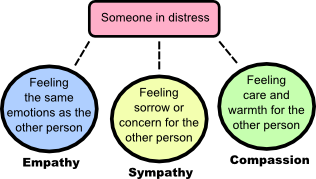Latest Posts by bipolaruchiha - Page 2










Some disability flags based off of the stripes from the original (@capricorn-0mnikorn) flag! These are intended for each specific/sub community. All colors and such have the same meanings, just narrowed down for each category; The grey stripes were added to represent the grey area of being recognized as disabled, in general society, in a medical sense, or otherwise.
Red - Bodily/Physical Disability
Yellow - Neurodivergent Disability
White - Invisible and/or undiagnosed Disability
Blue - Mental/Emotional Disability
Green - Sensory Disability
Image IDs in captions!
i feel like tumblr has kind of changed the meaning of the word "echolalia" into something that can be more precisely described with "vocal stimming." people on here use echolalia to mean "repeating a word or phrase over and over because it feels good" which fits the definition of vocal stimming. that's the established term for doing that; echolalia usually means something else.
the classic meaning of echolalia isn't repeating a word that sounds good, but is actually a conversational pattern where one person repeats the last thing that got said. for example, someone might say to me, "i'll bring you the rest of the articles tomorrow" and i'll reply back "articles tomorrow." it could also be just repeating yourself after you've finished talking, like i'll say a sentence, think i'm done, then catch myself repeating the last few words of the sentence.
i also do this in ASL, so it isn't just about the mouth-feel of the words. also the words don't necessarily have to be particularly pleasing or stand out in any way. when i do it, i'm not even really trying to communicate anything, it's just how i process language. that's different from vocal stimming, which is when a word is so pleasing to say that you say it over and over again.
the reason i care about this distinction is that echolalia is a majorly stigmatized feature of autism (though it also occurs in other neurodevelopmental conditions that affect language). it's often seen as a sign that an autistic person is "low functioning" or as something to be trained out through ABA. i've never met another autistic adult with echolalia, and when i do it, it confuses the hell out of whoever i'm talking to unless they know about it as an autistic thing. i just hope that other autistic people with echolalia know that they aren't the only one who does this, and it isn't anything to be ashamed of
for my fellow psychotics who struggle with thinking someone is in their house, a method I’ve found that really works are these guys:

i put them on my front door and anytime it opens they ring. that way if i think someone has broken in or i see someone who isn’t there i can think back to if the bells have rung, and if they haven’t i can assure myself it’s not real. obviously it’s not fool proof, like if you are prone to auditory hallucinations, but it has really helped me calm down in time to avoid major psychotic breaks. it’s a real lifesaver
nonpsychotics encouraged to rb
What is the difference though? /Gen
so this is coming from what i've learned in hospitals/psych wards/my own experience so it's not perfect but basically, everything with psychosis is rooted in a disconnect from reality while gad is linked to anxiety surrounding the present and future. there is no logical connection with psychotic anxiety and paranoia bc your brain is literally pulling shit out of thin air. bc of that, it is a lot harder to calm down bc you have to find a way to wrap your head around the fact that it isn't real. it can also be practically impossible to do that for some people, meaning the anxiety and paranoia are near constant. the paranoia is often tied to delusions-- so, once again, no reality-- and can be of the wildest shit that don't make sense. for example: someone with gad might be scared someone broke into their house and feel anxious. i get scared that doctors broke into my house to experiment of me and get anxious. same feeling but very different causes. someone with gad might be able to walk around the house and check the locks and calm themselves down. i could do that and still be terrified bc my fear isn't logical.
does that make sense? i can try and explain more if need be!
Some rando: You should think about stopping your prescription
Me: My pills make me not want to die tho
They: You shouldn’t want to die, that’s not normal
Me: Yeah that’s why I’m taking my pills
prescribe me adderall or i will start cooking meth in my fucking bathroom you fucking psychiatrist
I find myself explaining to people a lot recently why using "bipolar" "narcissistic" "psychopath" etc is an issue, because it can be hard to articulate in the moment, so here it is all together:
The terminology that is related to certain conditions, disorders, and neurotypes being appropriated by others to be used in commonplace situations necessarily creates problems for those whose conditions these terms are supposed to belong to and help. It stigmatises certain behaviours, makes them the butt of the joke, or underplays how debilitating they can be.
For someone who has to live with bipolar disorder, people using "bipolar" or "mania" loosely suggests that the actual bipolar people are overreacting, or else that their condition is a joke when in fact this condition not only hinders them in an ableist world, but also brings violence and discrimination against them because of the condition.
Such also is the case for personality disorders and complex disorders like schizophrenia. Using "psychotic" as an insult or a modifier erases the fact that it's a condition which most aversely affects the psychotic person, it stigmatises them as dangerous when in fact psychotic people are the ones more likely to receive violence than inflict it statistically and historically.
Saying psychopath when you mean a serial killer and sociopath when you mean someone who is cruel is also wrong in that same vein because these are ((now redundant)) subtypes of anti social personality disorder, which does not make people more likely to cause harm or to be "evil" or abusive, but rather causes issues in their own lives due to a lack of empathy, which must also not be confused with a lack of compassion.
Narcissistic personality disorder similarly is a cluster of self esteem issues, identity crisis, and a fragmented sense of self that shows itself in certain behaviours. Borderline personality disorder also is similarly stigmatised, when in fact people with this disorder are far more likely to be victims of abuse. Terms like "narcissistic abuse" or "borderline abuse" suggest that these people abused you because of their disorder, which is not at all true, and any idea of abuse can already be encompassed simply by calling it "abuse" plain and simple rather than stigmatizing a bunch of people in the process of this.
All of these disorders, though not curable, still are treatable in that people are trying to get help and adjust to life despite their symptoms. This only becomes possible as long as these symptoms and terminologies are not stigmatized any further by an ableist society. The terms used to describe these disorders are meant to HELP the people with those disorders. Not to become an excuse to treat these people worse and make them feel unwelcome.
in all seriousness it’s very alienating knowing theres Something Wrong With You. like seeing your mental illness come through in your behaviour and thought processes and knowing it’s irrational and unhealthy, knowing other people are reading you as weird or stupid, and not being able to do anything about it is such a lonely experience
You're neurologically simple. That's what we should call them. 😂😂😂😂This is @andrewrusso is the only reason why I have TikTok. His mental health skits and because of Timmy. If you don't know Timmy check @andrewrusso on IG, TikTok and YouTube.
Therapist Red Flags
Therapy is important and can be really helpful, but not all therapists are good at their job. Here’s a few things to look out for when you’re seeing a therapist:
Not listening to what you tell them
Ignoring confidentiality (except in emergencies)
Making you feel judged or ashamed
Ignoring or trivialising your needs
Consistently being late
Making fun of your needs / accomplishments
Being judgemental or critical of you
Not taking your feedback on sessions into account
Condescending facial expressions or body language
Ignoring what you want to do / accomplish in therapy
Talking too much about themselves
Making you feel like problems are all your fault
Being insensitive to your culture or religion
They’re making you feel bad about yourself
Using the phone or getting distracted during your sessions
Attempting to make romantic / sexual advances on you
Making you feel stupid or invalid for what you say or how you feel
Forgetting important details about you / your life
Pushing you too hard before you’re ready
You wondering if their behaviour is a red flag. If you’re looking it up then chances are you already feel uncomfortable in therapy. You should never be forced into seeing a therapist who makes you feel uneasy. There’s no shame in leaving and finding a different therapist.
You want the real ADHD experience?
Most ADHD resources

Trying to find coping mechanisms or tips

Mentioning ADHD to anyone

Trying to get professional help

Just saw a spicy hot take in the notes of an ADHD post that was like “adhd isn’t a mood disorder stop making excuses” from a supposed fellow ADHD person and like yes, ADHD is not exclusively a mood disorder. It’s 4 of them hiding under a trench coat with 15 other neurological disorders. And also:


ID, a screen grab from an article that reads: About 70 percent of adults with ADHD report problems with emotional dysregulation, going up to 80 percent in children with ADHD. In clinical terms, these problem areas include:
-Irritability: issues with anger dysregulation – “tantrum” episodes as well as chronic or generally negative feelings in between episodes.
-Lability: frequent, reactive mood changes during the day.
-Recognition: the ability to accurately recognize other people’s feelings. Individuals with ADHD may tend to not notice other people’s emotions until pointed out.
-Affective intensity: felt intensity – how strongly an emotion is experienced. People with ADHD tend to feel emotions very intensely.
-Emotional dysregulation: global difficulty adapting emotional intensity or state to situation.
/end ID. (Source)
Like not to be wildly and irrationally peeved about this, but bully for you if you don’t experience this as part of your ADHD, but over 70% of us do and saying we’re making excuses or not trying hard enough is the exact same shit neurotypicals say to invalidate us, and causes us real harm. Please don’t do the same thing. Trauma inflicted by neurotypicals is a huge part of why living with ADHD is so difficult. We don’t need it from within our own community too.
We all experience this shit show disorder differently. It’s a spectrum of one size fits no one, not a cookie cutter mold to fit into.
And yeah, you know what, this shit isn’t an excuse to behave badly, but you know what, knowing emotional dysregulation is a symptom of ADHD helps you to treat it and work on getting a handle on it. Knowing the reason it feels like the world is ending in your chest because something bad happened, and knowing it’s because your gremlin brain is perpetually starved for dopamine so there’s no cushion for the raw emotional feedback currently happening can help you, with practice, to curb the impulsive desire to do something rash or harmful.
I mean, fuck, there’s a reason for why suicide is so prevalent in ADHD, and I’m going to go out on a limb and say that impulsivity and severe emotional dysregulation is a part of that.
Knowing that the feeling will end and isn’t an accurate reflection of the situation, overwhelmingly painful as it is in the moment, can help. It does help. So denying this aspect as part of ADHD? Not helpful, and you need to take some time to sit with your thoughts and see why you want to distance yourself so much from this to the point of invalidating others.

Finally got around to making an ADHD, Bipolar and Autism Diagram to show the overlapping symptoms.
(Both low self-esteem and inflated self-esteem are listed for Bipolar - this is because it is made up of a depressive and manic stage. When they’re in the depressed state, they have low self-esteem, but have high self-esteem in the manic stage.)




Are you having a hard time keeping yourself and your brain stimulated? Can you even stimulate yourself at all? Maybe you should try making a Dopamenu!
I made a Dopamenu today by following How To ADHD’s guide.
How To Give Your Brain The Stimulation It Needs (Dopamenu Guide!)
I recommend watching the video and trying to make yourself a Dopamenu as well. I used OpenOffice to make my Dopamenu, it’s a free alternative to Word and it works pretty much the same!
LINK TO MY GOOGLE DRIVE SO YOU CAN GET THE FILE & FILL IN YOUR OWN DOPAMENU YOURSELF
For anyone wondering what the difference between type 1 and type 2 bipolar disorder (BP-II), this graphic is really nice. For the record, I’m type 2.

Unipolar Major Depression is also known as Major Depression Disorder. Another Graphic that helps compare the two, and provides references for normal moods, bereavement depression (after a loss of a loved one, for example,) and Cyclothymia:

Other facts about BP-II:
Bipolar Type 2 Patients do not receive full manic episodes, which means they will not exhibit the psychotic symptoms such as delusions and hallucinations associated with Manic episodes in BP-I patients.
Bipolar Type 2 patients are more likely to commit suicide than their Type 1 counterparts
Those with bipolar type 2 cycle from Hypomania to Severe Depression more frequently than Type 1 does from Mania to Severe depression
BP-II are more likely to experience rapid cycling than Type 1
BP-II patients typically experience longer depressive episodes than their Type 1 counterparts.






















